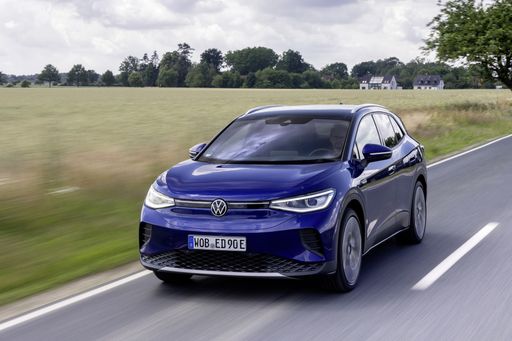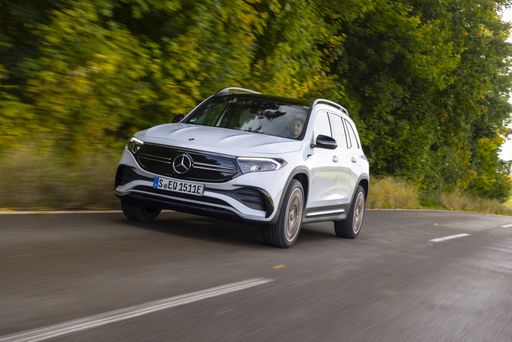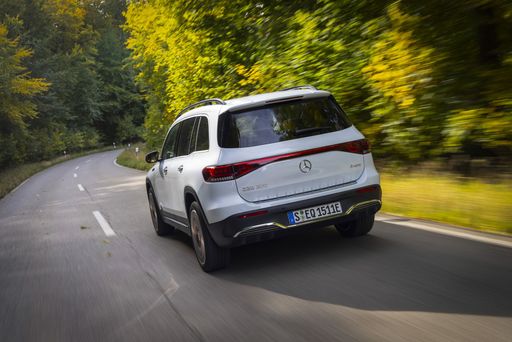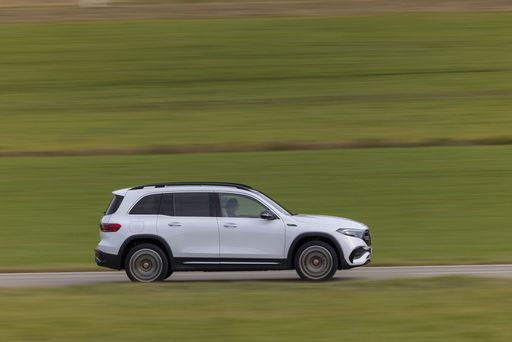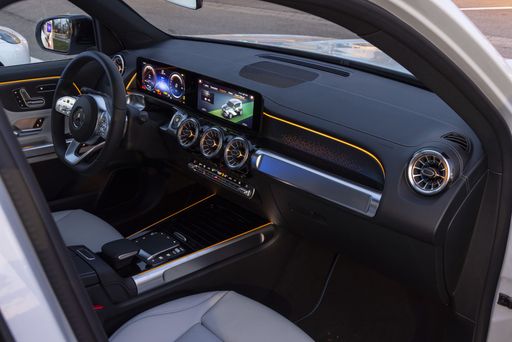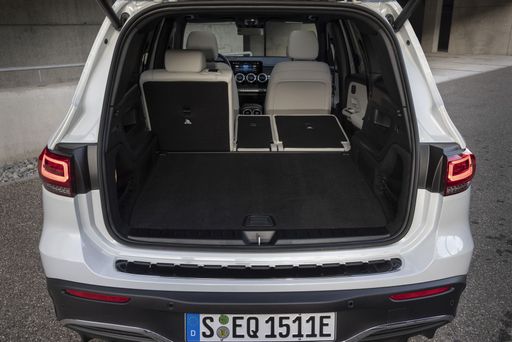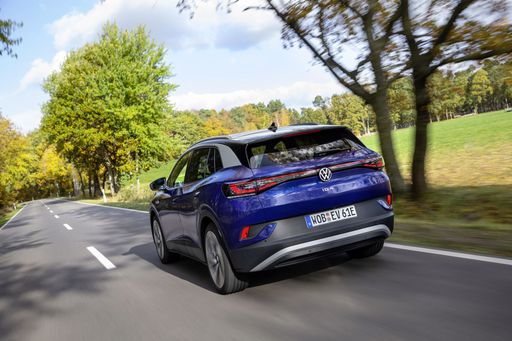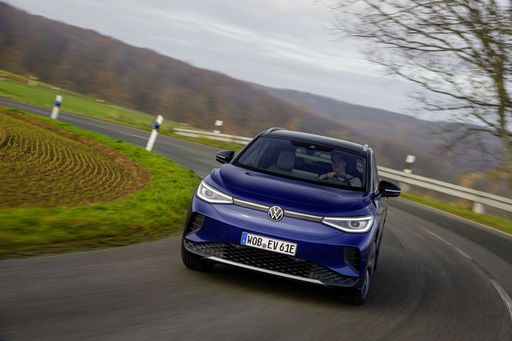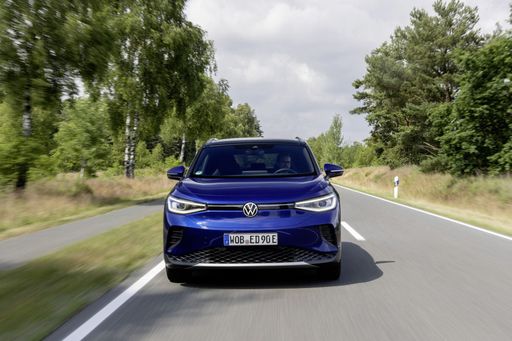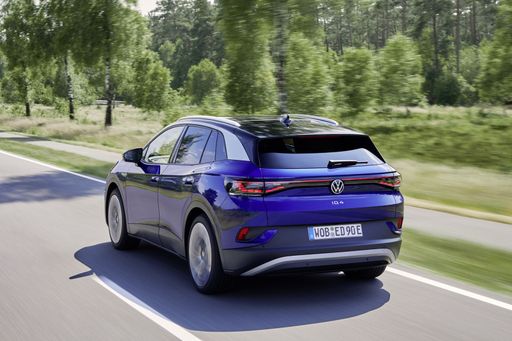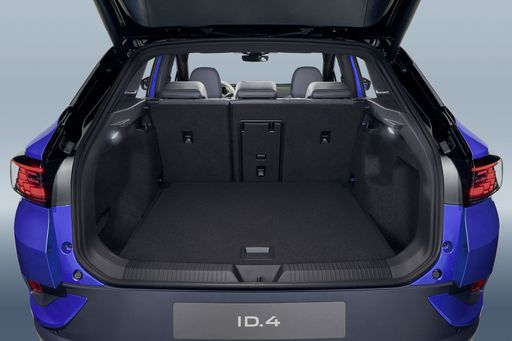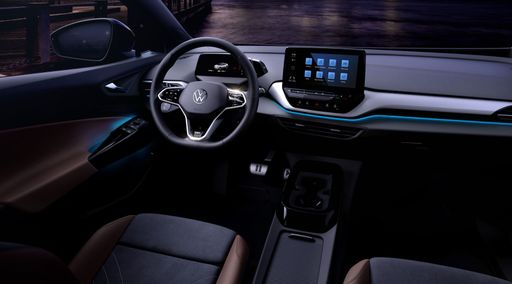A Clash of Titans: Mercedes EQB vs. VW ID.4
The electric vehicle market is rapidly evolving, and two giants in the automotive world, Mercedes-Benz and Volkswagen, are stepping up their game with their respective offerings—the Mercedes EQB and the VW ID.4. Both vehicles showcase the latest in EV technology, but which one is better suited for you? This comparison will delve into their technical specifications, innovative features, and overall driving experience.

